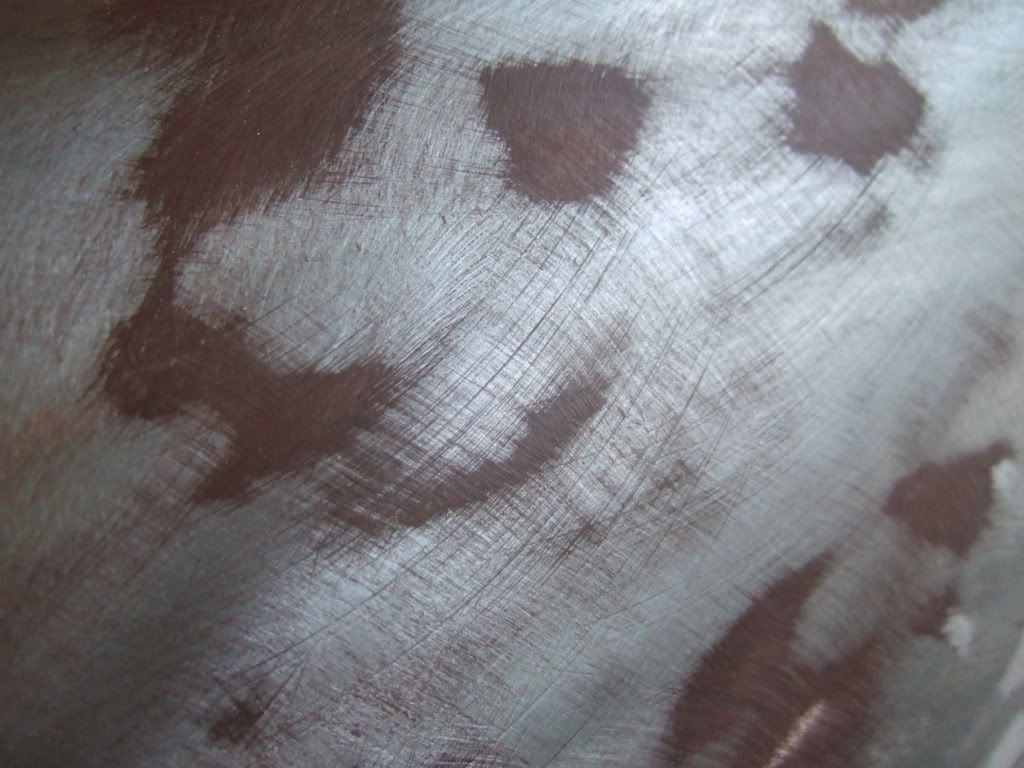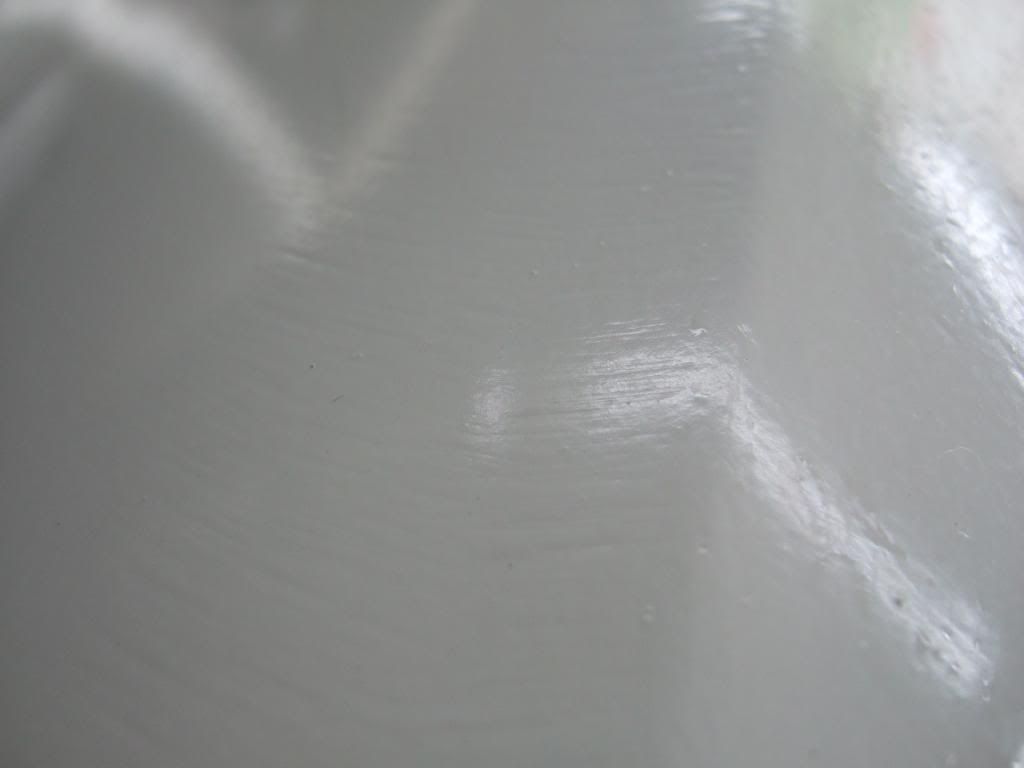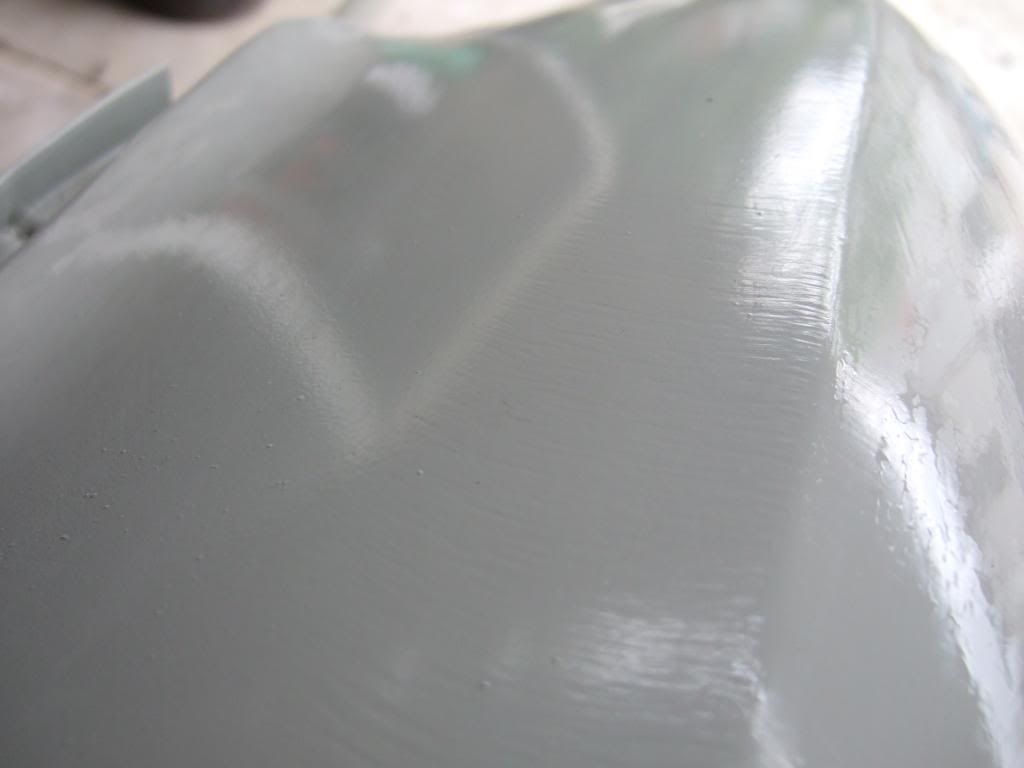C
cackle
Hello all,
I have a 1962 Jaguar Mark X and will be stripping down to metal because we dont know what the base primer is but we suspected it is laquer because it disolves with thinner. Here is a pic of the fender...the red spots are not dents, they are spots that I havent got to yet with the sander...When I removed the first layer of paint, I found a layer of bondo, under that is primer..the problem is on the metal, there are gouge marks on the metal. What Im thinking is that the painter applied the bondo to cover his or somones elses bad way of stripping the paint. The whole car has a layer of bondo.


I have ordered SPI Epoxy and regular primer.
How do I cover these gouges? Will the layer of epoxy then primer be suffecient to cover? The whole car has these marks. Thanks.
I have a 1962 Jaguar Mark X and will be stripping down to metal because we dont know what the base primer is but we suspected it is laquer because it disolves with thinner. Here is a pic of the fender...the red spots are not dents, they are spots that I havent got to yet with the sander...When I removed the first layer of paint, I found a layer of bondo, under that is primer..the problem is on the metal, there are gouge marks on the metal. What Im thinking is that the painter applied the bondo to cover his or somones elses bad way of stripping the paint. The whole car has a layer of bondo.


I have ordered SPI Epoxy and regular primer.
How do I cover these gouges? Will the layer of epoxy then primer be suffecient to cover? The whole car has these marks. Thanks.


